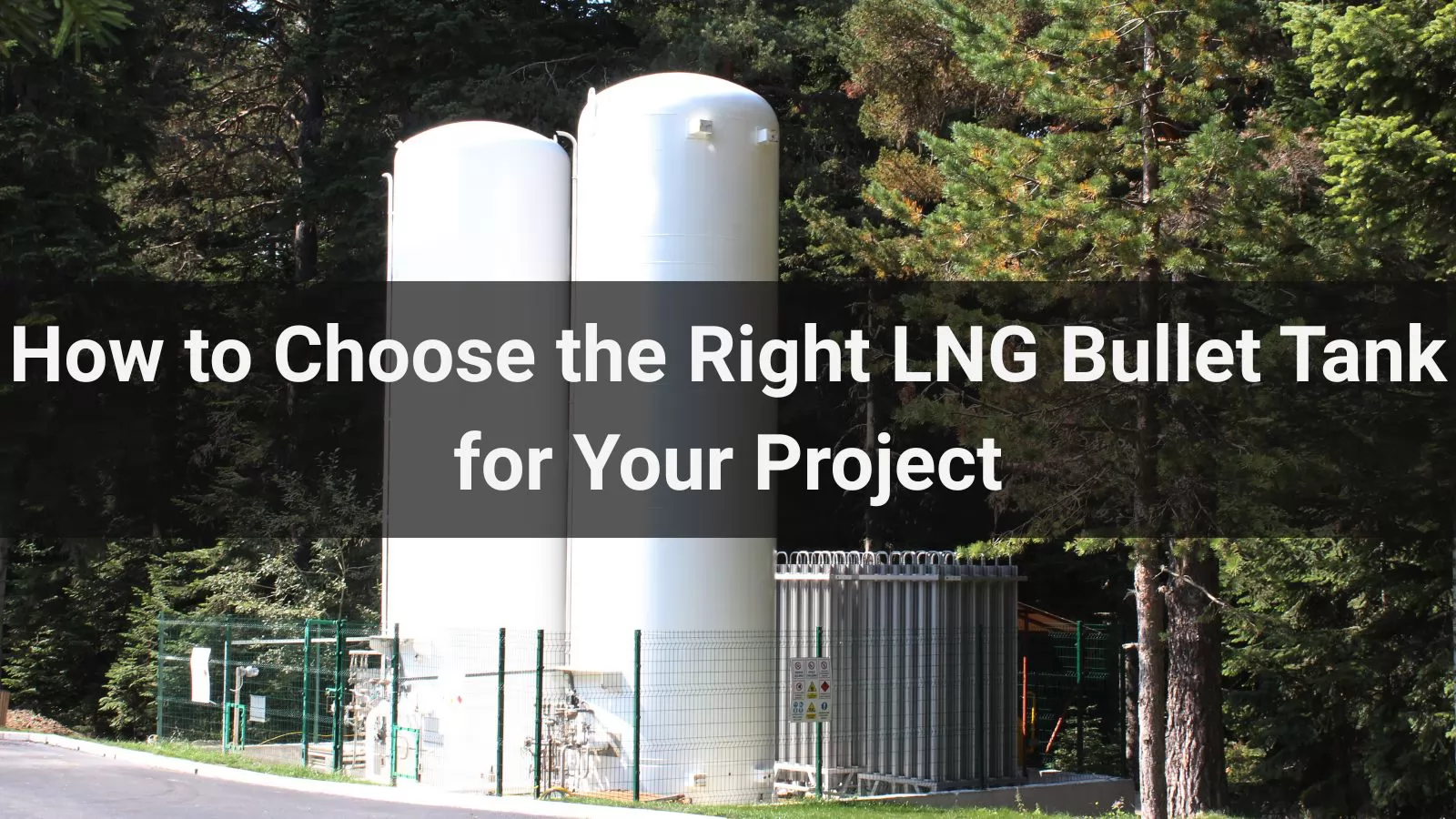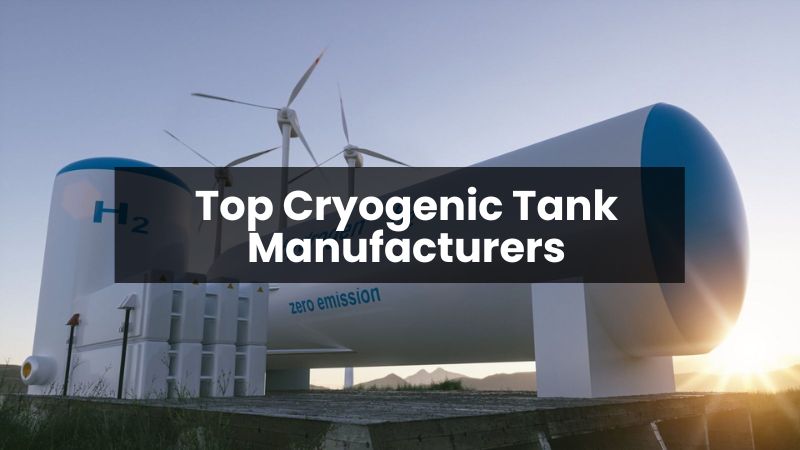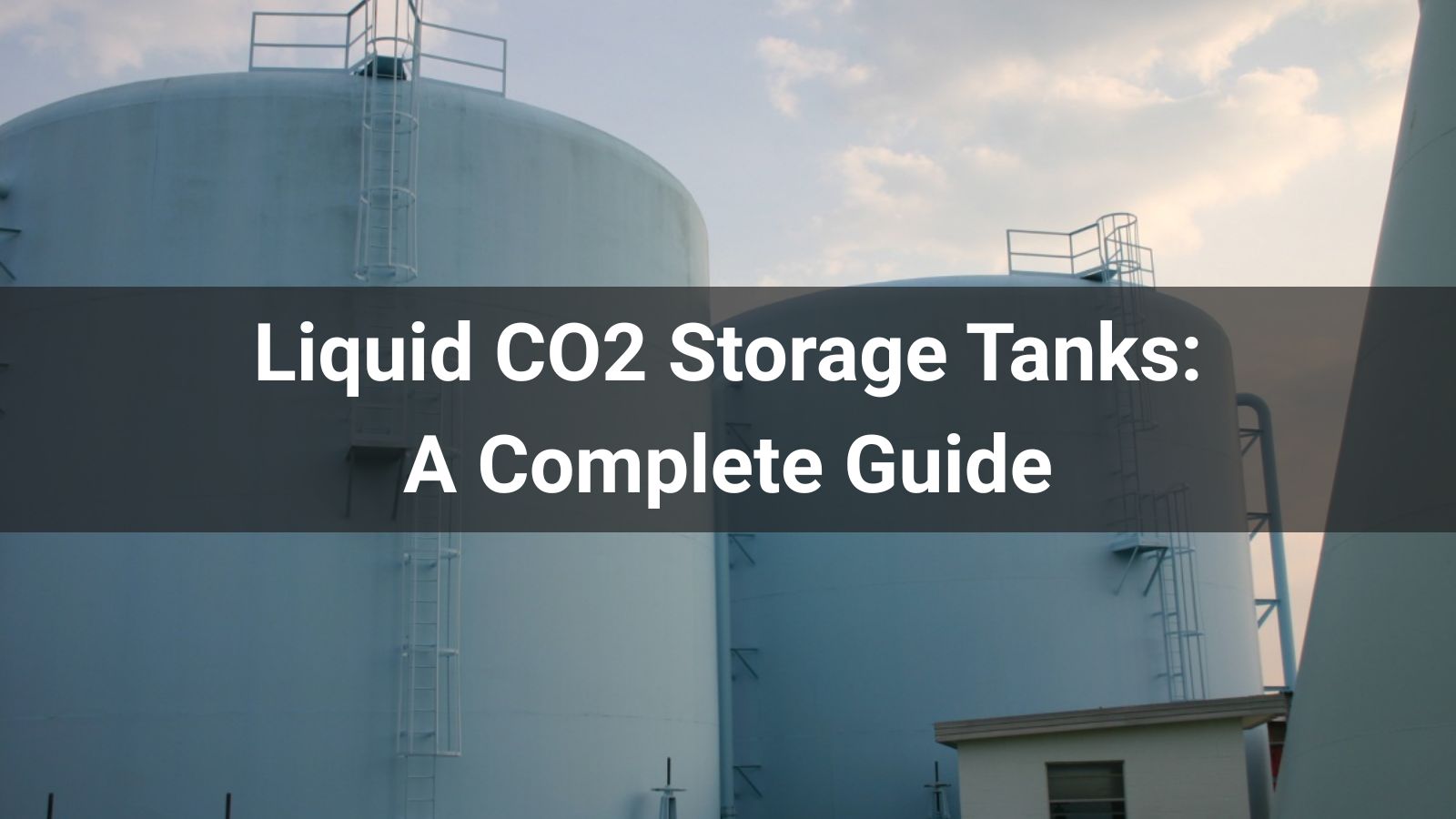How to Choose the Right LNG Bullet Tank for Your Project

LNG bullet tanks are a preferred solution for liquefied natural gas storage in industrial, transportation, and remote facility projects. Their horizontal cylindrical design offers stability, efficient footprint usage, and ease of installation. However, choosing the right LNG bullet tank requires balancing technical performance, compliance with safety standards, and long-term operational costs. This guide walks you through the essential considerations for making an informed decision.
Table of Contents
Understanding LNG Bullet Tanks and Their Applications
An LNG bullet tank is a horizontal cryogenic pressure vessel designed to store liquefied natural gas at extremely low temperatures (around −162°C) and moderate pressure. Compared to spherical tanks, bullet tanks offer:
-
Better space utilization in constrained sites
-
Lower fabrication and installation costs
-
Ease of transportation and modular installation
They are widely used in satellite LNG stations, peak shaving plants, small-scale LNG distribution, and as buffer storage in industrial operations.
Sizing the Tank: Capacity vs. Project Demand
Tank capacity selection impacts operational efficiency and capital expenditure. Key factors include:
-
Daily LNG Consumption: Determine storage volume based on consumption patterns and supply frequency.
-
Operational Buffer: Maintain extra capacity to account for delivery delays or peak demand.
-
Future Expansion: Consider modular bullet tank systems for scalability.
Typical LNG bullet tank capacities range from 50 m³ for small applications to 300 m³ or more for industrial and energy sector projects.
Pressure Ratings and Operational Requirements
LNG bullet tanks usually operate at low to medium pressures (up to 16 bar), but the rating must match the intended LNG regasification or fueling system. Consider:
-
Operating Pressure: Match to downstream vaporizer or fueling station specifications.
-
Design Pressure: Must comply with ASME, EN, or GB cryogenic pressure vessel codes.
-
Relief Systems: Proper sizing of pressure relief valves is critical for safety.
Material Selection and Cryogenic Compatibility
Materials must withstand extreme cold without losing structural integrity. Common choices include:
-
Inner Vessel: Austenitic stainless steel or 9% nickel steel for high cryogenic toughness.
-
Outer Shell: Carbon steel with anti-corrosion coatings.
-
Weld Integrity: Welds must pass radiographic and cryogenic impact testing.
Insulation Methods for LNG Thermal Stability
Insulation minimizes LNG boil-off and maintains product quality. Options include:
-
Vacuum Perlite Insulation: Cost-effective with good performance for medium-sized tanks.
-
Vacuum + Multilayer Insulation (MLI): Superior thermal performance for long-term storage.
-
Foam Insulation: Rare for LNG but used in certain transportable tanks.
Insulation performance is measured by the heat ingress rate—lower is better for efficiency.
Safety Systems and International Standards
LNG bullet tanks must comply with strict safety standards, including:
-
ASME Section VIII or EN 13458 for pressure vessel design
-
NFPA 59A for LNG facility safety
-
ISO 21009 for insulated vessel performance
Essential safety systems include:
-
Double safety relief valves
-
Emergency venting systems
-
Gas detection and monitoring sensors
Site Logistics, Installation, and Maintenance Planning
Before purchase, assess site-specific constraints:
-
Transport Access: Road and crane capacity for delivery.
-
Foundation Requirements: Structural support and anchoring.
-
Maintenance Access: Space for periodic inspection and valve servicing.
Consider long-term OPEX by factoring in maintenance frequency and ease of component replacement.
Supplier Evaluation and Procurement Strategies
Choosing the right supplier can reduce project risk and lifecycle costs. Evaluate:
-
Track Record: Experience in LNG bullet tank fabrication and global projects.
-
Customization Capabilities: Pressure ratings, nozzle configurations, and instrumentation.
-
Certifications: Compliance with international cryogenic vessel standards.
-
After-Sales Support: Spare parts, training, and field service availability.
Conclusion
Choosing the right LNG bullet tank involves a multi-criteria assessment—balancing capacity, pressure, materials, insulation, safety, and supplier reliability. By taking a structured approach, project managers can ensure operational safety, compliance, and cost-efficiency for years to come.










![Top 10 Cryogenic Companies in USA[2025 Updated]](/statics/images/right.png)
![Top 10 Cryogenic Companies in USA[2025 Updated]](/uploads/202508/bannerlist_1756363009_WNo_800d450.jpg)



